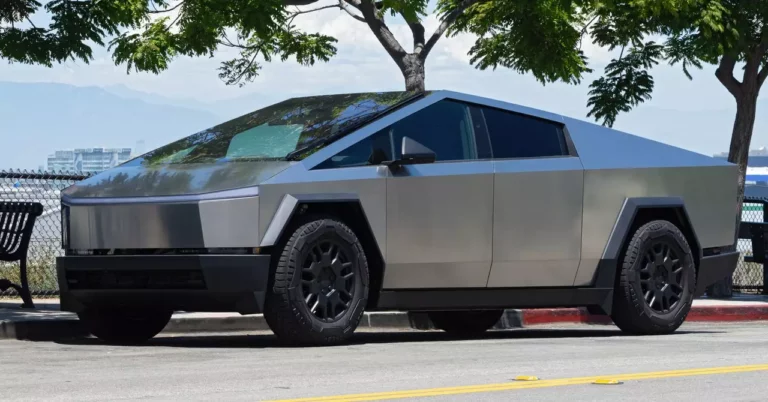This is huge! The Tesla Cybertruck: Advancements, Controversies, and the Road Ahead. On a recent morning, Tesla marked a significant milestone by enabling hands-free driving capabilities in a limited number of all-electric Cybertrucks. This groundbreaking feature, touted as “end-to-end on highway” driving, is powered by advanced neural network technology designed to handle diverse highway driving scenarios. Ashok Elluswamy, Tesla’s AI chief, took to social media platform X to announce this feature, which has quickly garnered attention and mixed reactions. Elon Musk himself praised his colleague’s work, underscoring the importance of AI in enhancing automobile functionality.
The rollout, however, is not without limitations; it is currently classified as “early access” and is available exclusively to a subset of Cybertruck owners who opted into the feature. This phase raises questions about how Tesla plans to manage wider accessibility and the timeline for broader deployment—a matter that remains undisclosed. Notably, the full-self-driving (FSD) capabilities tied to this feature come with strict warnings in the Tesla owners’ manuals, emphasizing that drivers need to remain vigilant and attentive at all times while using it.
One of the core debates surrounding Tesla’s FSD feature is its marketing. Critics argue that the company’s advertising suggests a level of fully autonomous operation that the technology does not yet deliver. This discrepancy can lead to misuse by drivers who may mistakenly believe they can rely solely on their vehicles’ AI features. The risks are compounded by the system’s reported ability to deactivate when it detects inattention, an ambiguous safety measure that raises concern over how effectively it can prevent accidents.
The pricing strategy surrounding the feature is also a focal point of scrutiny. Early adopters of the Cybertruck, who preordered during its launch, paid a premium of $7,000 for the driving capability—yet many experienced delays lasting nearly a year. Additionally, Tesla now offers a subscription service for the FSD feature at $99 monthly, which may not sit well with customers who invested in their vehicles expecting immediate access to autonomous capabilities. Opinions vary; while some users enthusiastically report positive experiences with the newly released feature, the question remains: how widespread are such affirmations?
Tesla’s Cybertruck introduction has been far from smooth. Construction delays exacerbated by the Covid-19 pandemic have significantly hampered its rollout, along with an array of engineering hurdles. Internal assessments revealed serious concerns regarding its braking and handling characteristics. Furthermore, the Cybertruck has not escaped the scrutiny of safety recalls, which have included incidents necessitating repair of malfunctioning accelerator pedals.
With various competitors entering the electric vehicle market, the Cybertruck’s rocky journey is particularly concerning for Tesla’s position as a pioneer. Elon Musk has openly expressed that Tesla’s future value largely hinges on advancements in autonomy; however, these pronouncements come amidst ongoing investigations and lawsuits related to its existing Autopilot technology. Recent scrutiny from the National Highway Traffic Safety Administration revealed that Autopilot was linked to numerous fatal crashes, igniting fears about the broader implications of introducing more advanced self-driving features.
Despite setbacks, Tesla remains optimistic about the evolution of its self-driving capabilities. Analysts are intrigued by Musk’s plans to unveil a new version of self-driving technology, dubbed the Cybercab, at an upcoming event. The anticipation surrounding such announcements reflects the market’s appetite for automation and AI-driven transportation models. As Tesla aligns itself to unveil such innovations, it also faces critical scrutiny regarding its current safety and marketing practices.
While the hands-free features of the Cybertruck signify remarkable technological progress, they are ensnared in a web of marketing ambiguity and safety controversies. As Tesla presses forward, its ability to navigate these challenges while delivering on ambitious promises will be pivotal. The automotive landscape is shifting, and only time will tell if Tesla can consolidate its leadership or if competitors will take the reins in the race toward fully autonomous driving. You need to keep this for the future: The Tesla Cybertruck: Advancements, Controversies, and the Road Ahead.


Leave a Reply